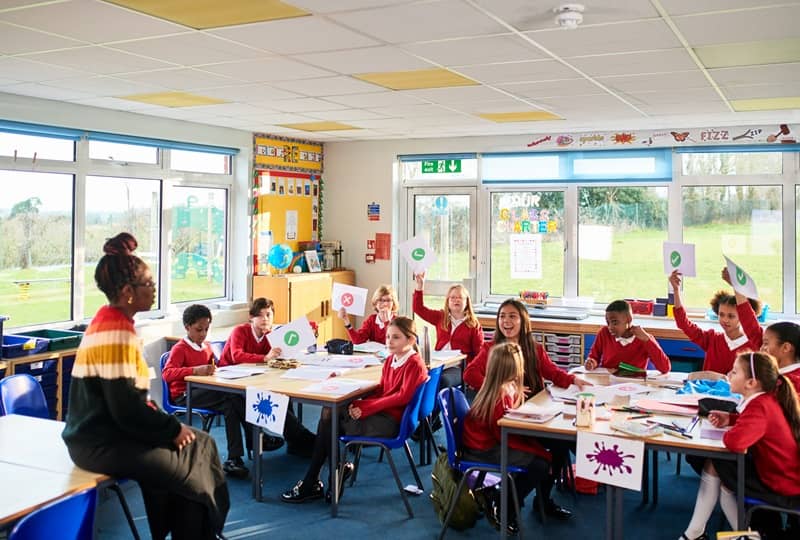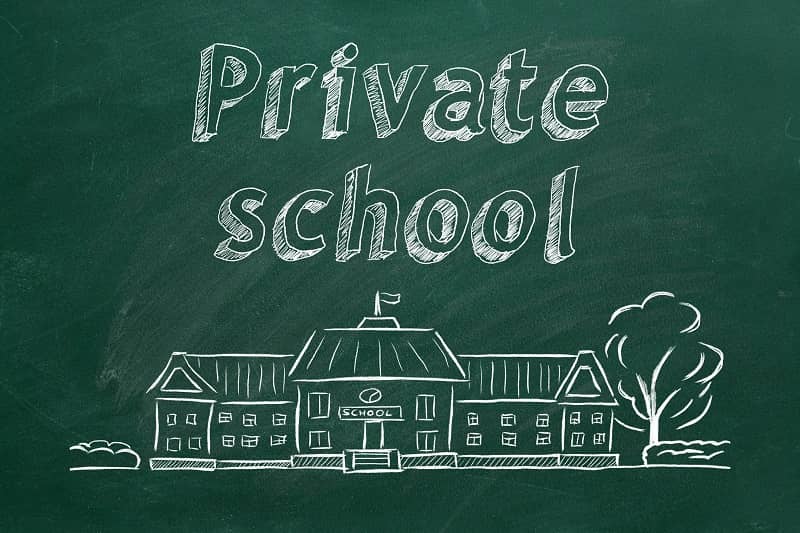Public education exists to serve children – period. However, as evidenced by the Oregon Education Association’s (OEA) ongoing actions, some believe public education should serve primarily the adults who work in the system. Thankfully, this legislative session, Oregon’s state leaders concluded otherwise.
After tense negotiations on several education-related bills, Oregon’s legislature passed the most substantial education reforms Oregon has seen in decades, at the governor’s request. The more “controversial” elements of that package will provide students – who find their traditional public schools unsuitable – more educational options from which to choose, including charter and online schools. Such student-focused, choice-based measures were a particular pebble in the OEA’s shoe. Why?
Choice threatens the OEA’s monopolistic hold on public education. That grasp has allowed the OEA (a union) to become Oregon’s most financially powerful special interest group, lobbying for, well, itself. So when something undermines that power – even if that something is beneficial to children – the OEA will stand in the way, as it did this legislative session. Oregon families should be grateful the OEA lost and the governor and legislators led. Now, many children in need of a better education no longer will be held hostage.
For example, last summer, more than 4,700 Oregon kids were on waiting lists for charter schools. Because school districts were not authorizing enough additional charters to keep up with demand, desperate families have been left high and dry. (Currently, only districts and the State Board of Education can sponsor charters.)
Now, if charter school applicants are denied by districts, they can appeal to public colleges for sponsorship, providing a new avenue for charters to grow. Although public colleges will be able to sponsor just one charter each, this should help hundreds of families find the schools for which they are looking.
Many Oregon families also have been waiting for access to virtual, or online, charter schools. Currently, Oregon’s virtual charters are operating under an enrollment cap that has kept many kids from using this innovative option. Online learning is emerging as a cutting-edge way for students to have wider access to courses that otherwise might be unavailable to them. If Oregonians want to enroll their children in such schools, why not let them?
Thanks to state leaders, kids now will be able to access any virtual charter school without having to obtain their local district’s permission – at least until three percent of that district’s students are attending a virtual school. Although still unnecessarily limited, this improvement will be life changing for families who have been denied entry. It also will make it easier for families who have received permission but have had to wade through the same transfer paperwork year after year.
The third choice measure that will benefit Oregon students essentially carries charter schools’ open-enrollment policy over to traditional public schools. Today, it is difficult, if not impossible, for parents to enroll their children in out-of-district public schools because districts often refuse to let kids transfer. Now, parents will be able to enroll their children in any public school, as long as the receiving school district is accepting transfers.
In short, districts no longer will be able to force kids to stay in their local public schools if they’re able to get a public education elsewhere.
The OEA claimed that giving parents such choices creates financial instability for schools (by losing transferees). Other states, which have such policies in place, seem to cope. Why can’t Oregon? Moreover, this begs another question: Does the OEA believe that it and traditional public schools are entitled to students?
If parents choose to leave a school, that suggests something is either wrong with the school or, even if the school is “good,” their children’s needs aren’t being adequately met. In both instances, parents believe they can find a better fit for their kids elsewhere. If the goal of public education is to educate, why deny children access to schools that could do a better job of educating?
Oregon’s lawmakers and governor finally are answering that question. They’ve put partisan politics aside to support reforms for which thousands of Oregon families have been waiting. There still is much work to be done to ensure Oregon’s children – not the OEA – are the true of beneficiaries public education. But this start will show Oregonians that the sky doesn’t fall when choice is incorporated into public education; it gets brighter.











